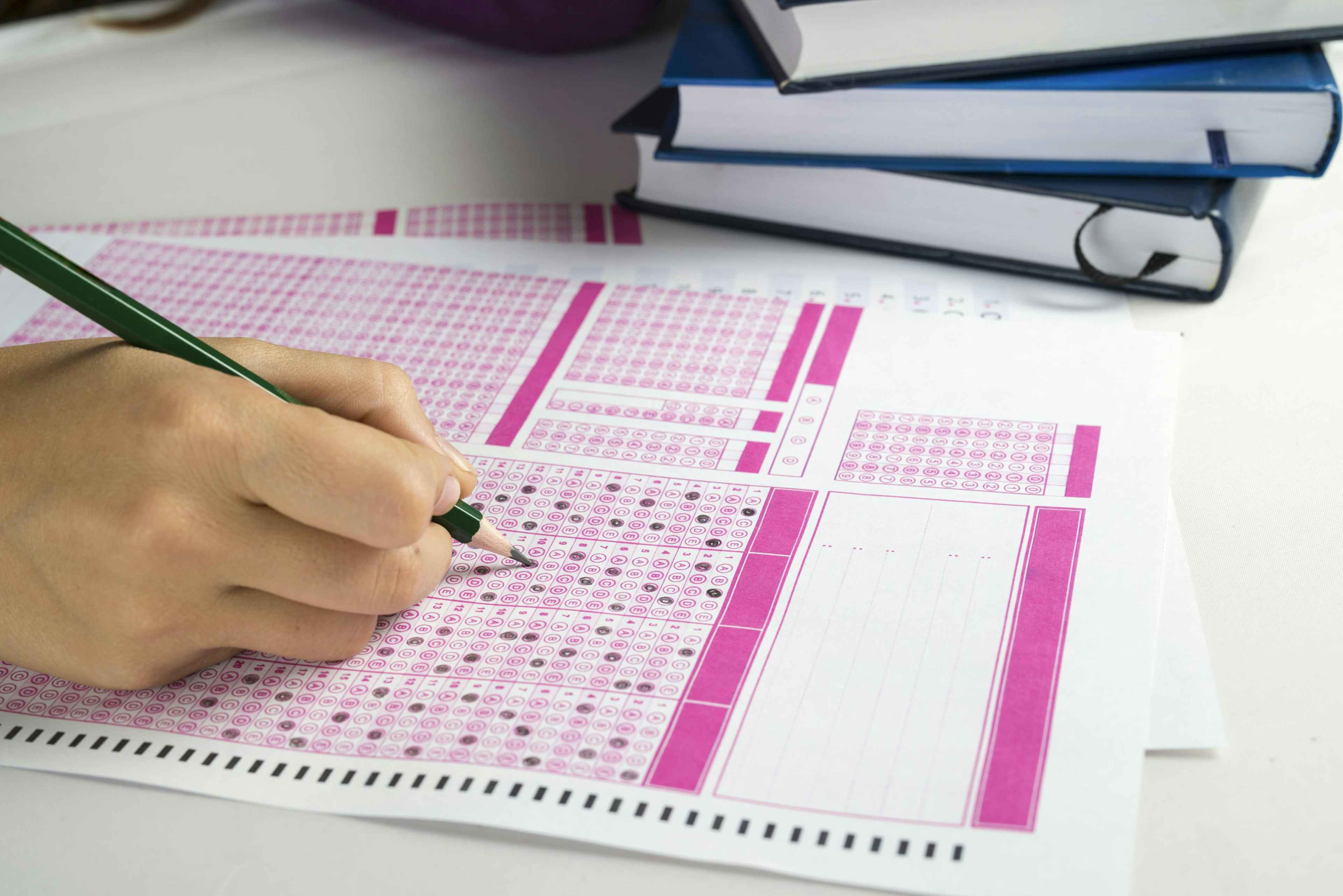Tips & Tricks for Studying for the ACTs

During the COVID pandemic, many colleges abandoned the SAT and ACT tests. They said it was a temporary move, although most universities have stayed with the “test-optional” policy.
Problems have emerged, however. The loss of test scores makes it hard for admission officers to distinguish between those who are most likely to thrive and those who will struggle. Quite simply, high school grades alone are not enough. In addition, merging data shows that standardized tests have less bias than things like extracurricular activities, teacher recommendations, and essays.
A recent article in the New York Times quoted Christina Paxson, president of Brown University: “Standardized test scores are a much better predictor of academic success than high school grades.”
M.I.T. is among the ranks of universities that have opted to reinstate standardized testing. Here’s what they discovered in the process:
“Test scores are not the main factor that M.I.T uses, but they are part of the whole. Once we brought the test requirement back, we admitted the most diverse class that we ever had in our history.” So said Stuart Schmill, the admissions dean.
It seems clear that tests are making a comeback. So, what is the difference between the ACT and SAT, and how do you ace your ACT?
Differences Between the ACT and SAT
The ACT and SAT are the two most widely recognized standardized tests used in collegiate admissions in the U.S. The ACT is an assessment that tests students on their understanding of their high school curriculum and covers coursework in English, reading, math, and science. The SAT, on the other hand, has traditionally been considered more of an aptitude test that includes only English, reading, and math. It does not have a science section.
While the ACT and SAT may seem similar, there are key distinctions that set them apart. Both tests evaluate your skills in reading, writing, and math. However, the ACT goes a step further by offering an optional essay component to highlight your writing skills and provide a more complete assessment of your academic abilities. Additionally, the ACT also includes a science section, making it the right choice for those interested in STEM.
The ACT’s emphasis on practical language skills, as opposed to memorizing a long list of complex vocabulary, can make it more relevant for many students. The ACT evaluates your ability to understand language in context, which many students find to be a more natural skill. Another significant difference is that the ACT offers support for English learners on every national test date, adding another layer of accessibility for students. This support includes:
- Extended time
- Approved word-to-word bilingual dictionary (no definitions)
- Test directions in the test-taker’s native language
- Testing in a familiar environment/small group
Lastly, it is important to note that while some schools depend on ACT testing for admittance (such as Midwest schools), others prefer their potential students take the SAT (East Coast schools, for instance). Please note that the list of schools requiring scores can change. It’s always best to check with the admissions office of the school you’re interested in to confirm their testing requirements.
So, if the ACT is on the horizon for you, how do you prepare?
Preparing for the ACTs
Start by doing a thorough review of the ACT website. On it, you’ll find answers to a wide variety of ACT-related questions, plus actual sample tests that you can take. What better way to get familiar with the various tests and improve your skills? Take the free ACT test subject practice tests in four key areas:
- ACT math practice
- ACT English practice
- ACT science practice
- ACT reading practice
How do you prepare for the ACT? Here are some tips:
- As noted above, familiarize yourself with the various tests by taking practice tests.
- Use the practice tests to improve your scores. Each time you take a practice test, you stand a better chance of improving.
- Once you’ve identified areas where you need improvement, consider taking additional coursework in those areas.
- Order the Official ACT Prep Guide (available via Amazon, or the ACT prep website).
Don’t wait until your junior year — start now!
The ACT is taken in your junior year, but you can start preparing a lot sooner. Prelum, powered by Kaplan, is a leading advisor and resource for motivated high school students. In addition ,we partner with renowned U.S. universities who offer online and pre-college summer enrichment programs that help prepare you for the future.
Here are just a few examples.
If you’re thinking medicine is in your future, Wake Forest University’s Pre-College Programs offers a multitude of online course options including:
- Bioscience
- Medicine
- Cancer medicine
- Sports medicine
- Psychology
- Women’s medicine
Case Western Reserve University offers a high school online program with a host of compelling courses that you can apply for if you’re 13 and older. For those interested in all things STEM, this program is ideal. You can take any or all of the following online courses:
- Astrophysics and evolutionary biology
- Biomedical engineering
- Computer science
- Engineering
- Neuroscience & medicine
Remember, enrichment programs for high school studentsstart as early as 13 years and older. These courses, in combination with taking the ACT practice, will put you in a good position to test well and potentially get into the school of your choice.
Recommended Articles

